Castle once served as getaway for French royalty. Look inside to see what now remains
In 1528, King Francis I decided to construct a royal getaway.
Nearly 500 years later, French archaeologists are working to restore Château de Villers-Cotterêts to “create a place of culture and life,” according to the Centre des Monuments Nationaux.
After three years of excavations, the team is sharing its findings within the property, offering a glimpse into life during the Middle Ages, the Renaissance and beyond, researchers with the Institut national de recherches archéologiques préventives (INRAP) said in an April 17 news release.
The Middle Ages
The site was first occupied during the Middle Ages, but little information is known about this period, according to INRAP experts.
Unlike similar projects, archaeologists at Château de Villers-Cotterêts have spent the last three years examining both the castle and the constructions that preceded it.
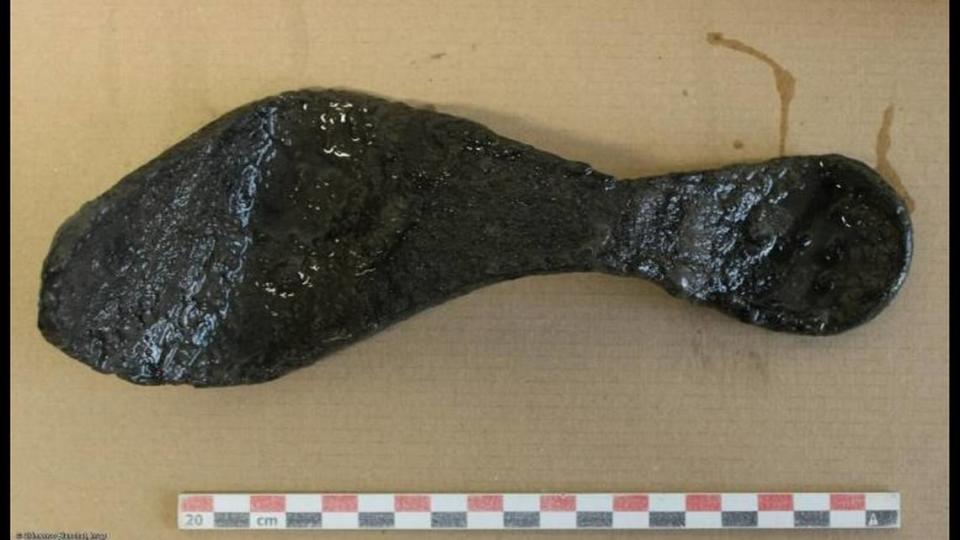
Among the discoveries, experts said they unearthed ruins of the medieval castle that stood behind King Francis’ Renaissance getaway.
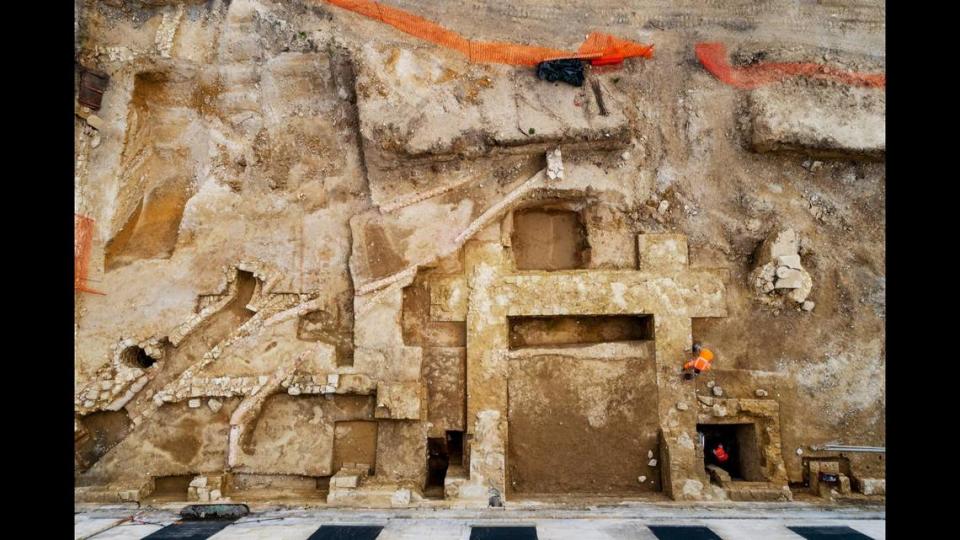
A royal getaway
Villers-Cotterêts about 50 miles northeast of Paris and near a forest where King Francis I liked to hunt.
In 1528, the king oversaw and facilitated the construction of Château de Villers-Cotterêts, according to France’s Ministry of Culture.
He had help from several experts, including the gardener of Versailles, who helped landscape the property, the Centre des Monuments Nationaux said in a video.
During the 16th century, the castle served as a place of leisure and entertainment for the king, who often escaped to the castle to play tennis and hunt, according to the video. The king made history at the castle in 1539, signing the “oldest legal text still in effect in France,” the ordinance of Villers-Cotterêts. The ordinance “enforced the use of French for all legal and administrative acts of the kingdom.”
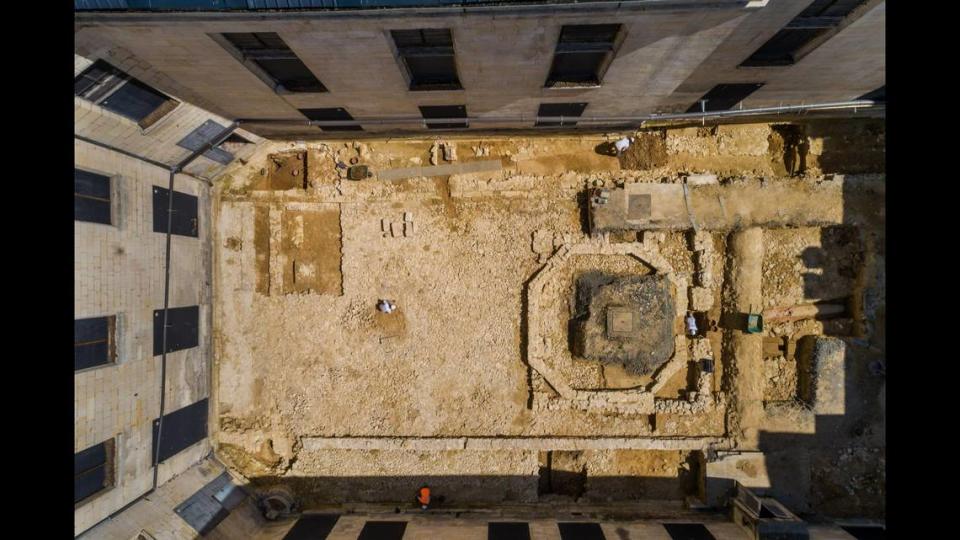
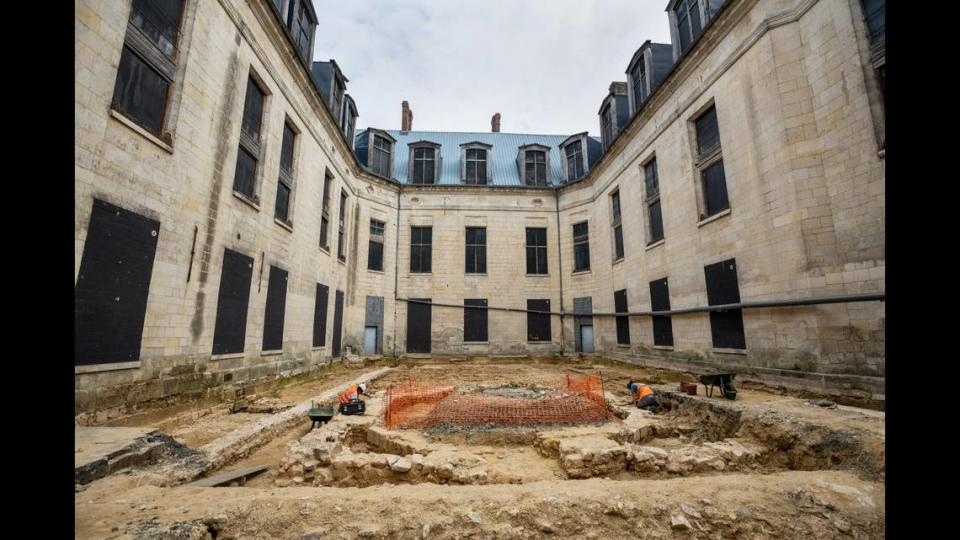
In 1661, King Louis XIV offered the castle to his brother, Philippe d’Orléans, the ministry of culture said.
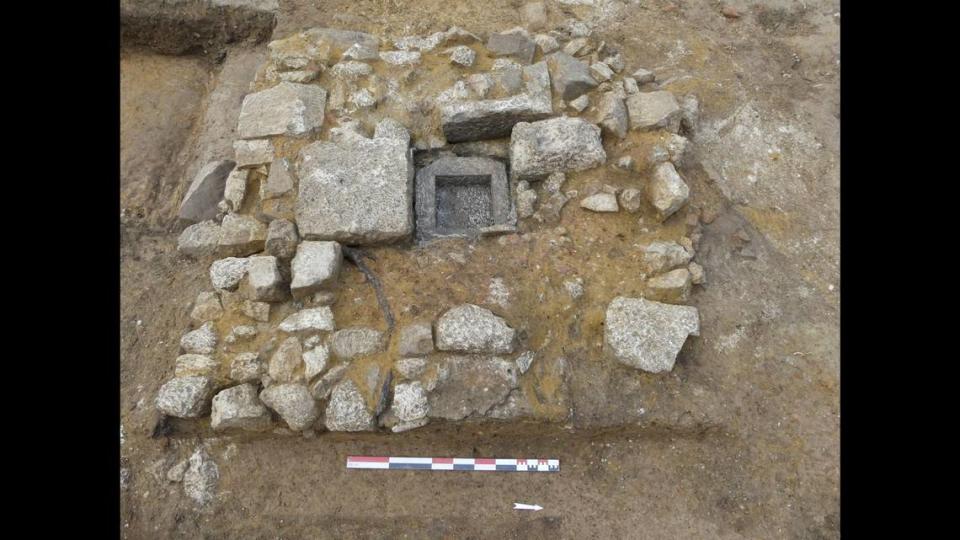
Archaeologists at the site said they uncovered several significant ruins from the castle during their excavations, including the castle’s security and access system, a drawbridge, a tennis court, fountains and a chapel.
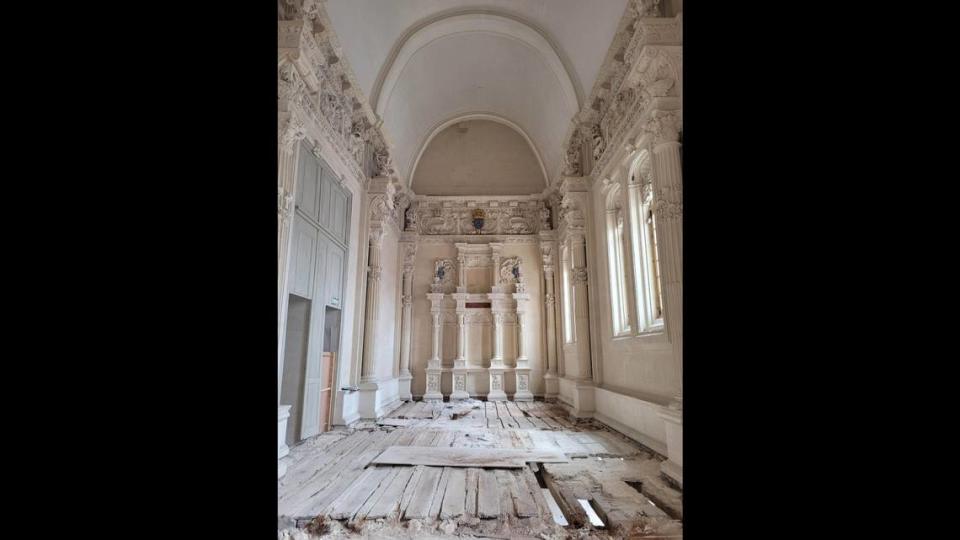
Napoleon and beyond
By the end of the 18th century, the castle was no longer a royal treasure.
In 1804, Napoleon made the property a beggar’s home, transforming it into a prison and hospice that could house up to 1,000 people, the video said. After that, the property became a retirement home until 2014.
Now, archaeologists said they are composing a complete report of their findings, and they will continue exploring the property to better understand its history.
Google Translate was used to translate the news release from INRAP.
2,000-year-old hall unearthed in Italian villa where Roman emperor and knights partied
Ruins of 900-year-old castle unearthed from courtyard in Spain. Take a look
One of world’s oldest castles is left ravaged after earthquake in Syria, photos show

